Now we are getting closer, we’re feeling more clear-headed, we can finally see it, touch it and feel it and we’re looking forward to revealing it all to you on 10 May 2018!
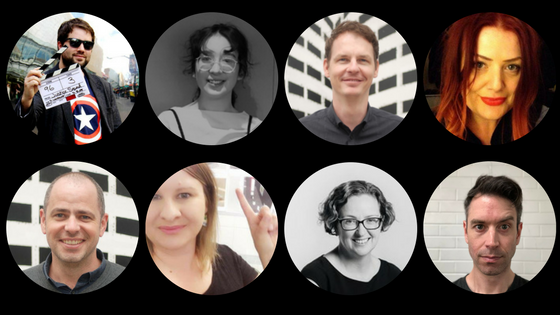
Posted 21 Dec
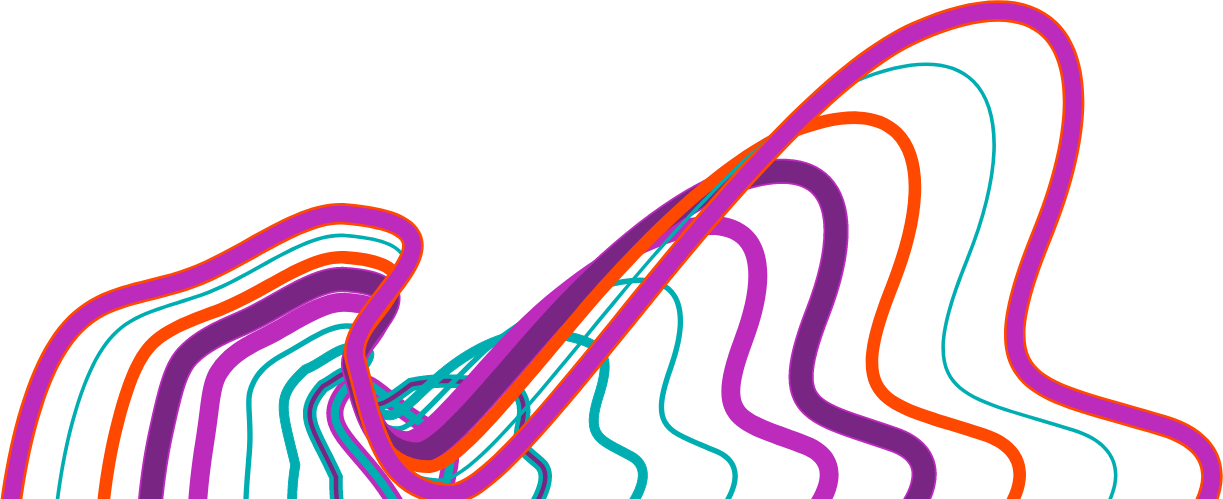
2017 has been a huge year for MOD.
Our team has grown from one person (Kristin) to nine.
We’ve produced an anthology and an art exhibition in collaboration with SA Museum and UniSA’s wonderful communication design students.
We’ve run robot and design workshops with young people and have welcomed our first Youth Advisory Board.
We’ve met so many new people — makers, artists, technologists, researchers, creators and young adults who have helped us along the way.
We’ve also designed and (mostly) built our first exhibition MOD.IFY, with our second, WAGING PEACE, well on its way.
We’ve been recording our progress along the way (see the MOD. blog includng our lessons 1, 2, 3 and 4).
So, as we move to 2018 and our launch, it seemed liked a good time to chat to the whole team to find out what they’ve learnt in our first year of building a new museum (this is a long one so grab a cuppa and get comfy…)
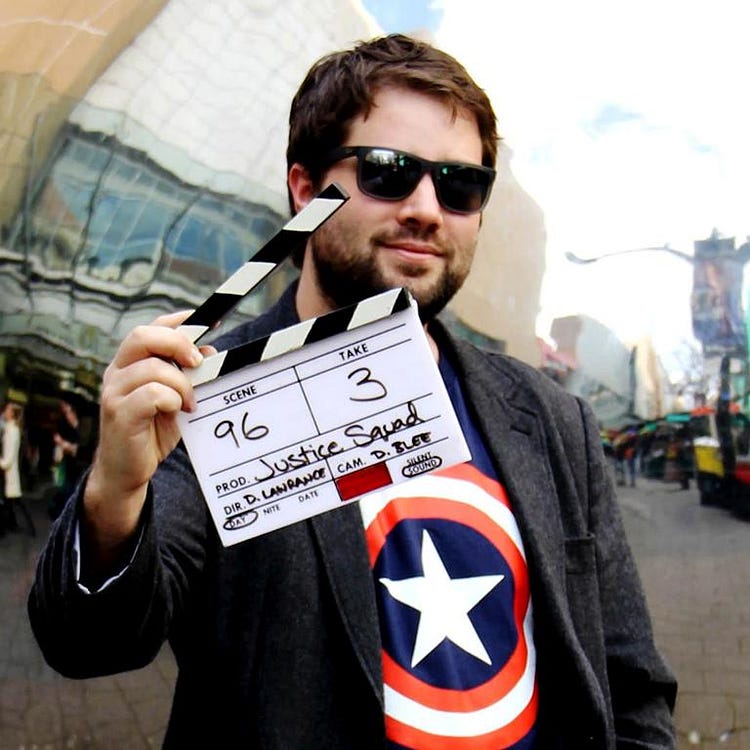
Daniel Lawrance, our Digital Exhibition Manager and film maker extraordinaire said:
The most useful thing that I have learned this year is the power of prototyping. To be able to quickly validate an idea or technical approach lets us move quickly from concept to design and rule out approaches that were never going to work.
Daniel has been working on some amazing interactive works and digital storytelling that we can’t wait to show you in 2017. He’s had a tricky task as we don’t currently have access to the building or the screens we are working on. To get around that here’s how he has been prototyping, testing and iterating his ideas by:
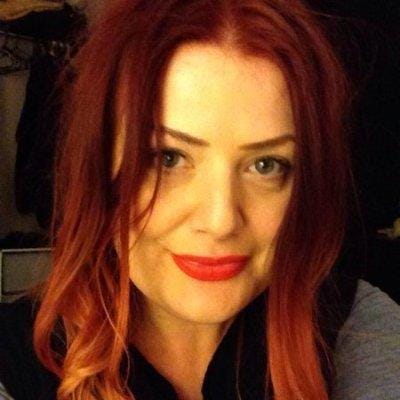
Leanne Cotter, Program Coordinator and our friendliest face, has been working with young people throughout the year to ensure our space work for them. But how do you do this when you don’t actually have a tangible space to play with? She says:
It was an interesting dilemma and an amazing opportunity to invite young people to help co-design their own visitor experience with us from the very beginning. So we tried and tested a few different ways incorporating user design processes (a new one for me, which was great to learn), which was us learning along with them about how to genuinely get input from young adults. Best of all, through this process we were privileged to meet a whole lot of interesting young people with great ideas, and gained a lot of great insights along the way, pretty powerful.
We now know that MOD. needs to be welcoming, comfortable, have good facilities (free wifi!),
have instagramable moments and somewhere they want to bring friends to hang out. What we didn’t realise is how exciting the process of discovery would be.
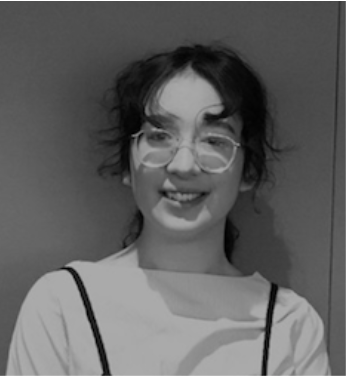
Not really, we knew this already.
Lucie Keightley, who joined us a couple of weeks ago to help get our marketing in order got straight to the point:
Building a museum is a shit tonne of work.
Lucie, we agree.
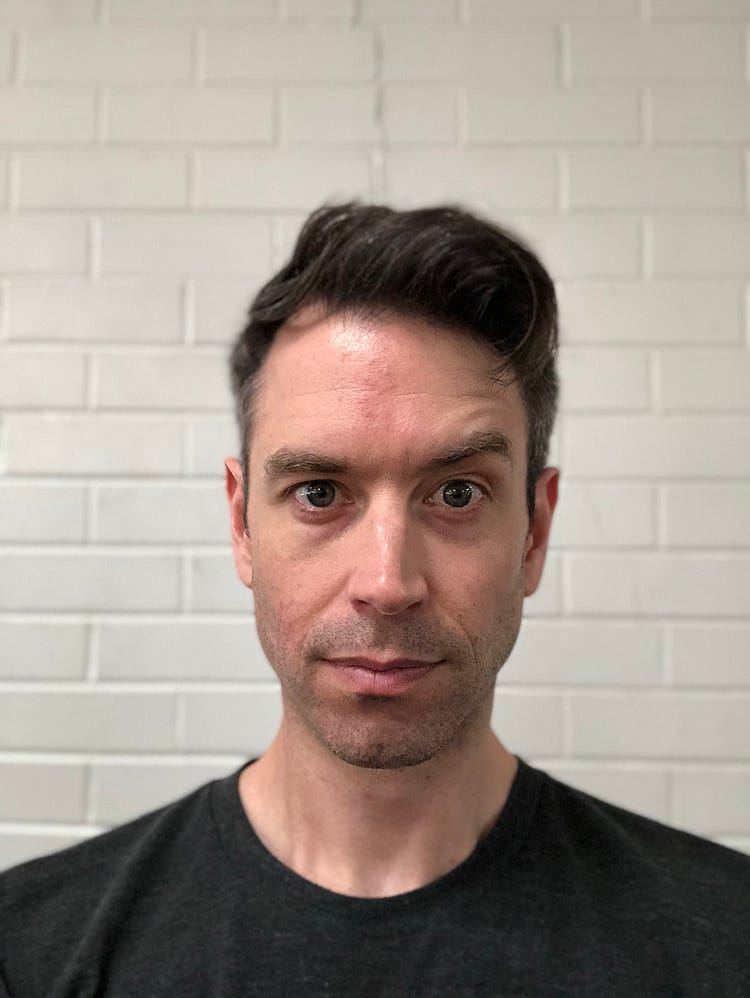
Simon Loffler, our Digital Exhibitions Manager and resident robot herder said:
I ordered MOD.’s first robot in the first week of work secretly hoping that when it arrived it’d spring to life, give me a big hug, and ask what we’re going to do today. But despite the miniaturisation of electronics and mind blowing processing power we have today, those wonderful bundles of diodes need just as much love from humans as they give in return.
I had a similar experience while studying supervised Machine Learning — I was dreaming of writing a truly general artificial intelligence that could answer the most complex life questions I had and learn from any sources that I threw at it, but the reality is that the machines still much prefer to have their learning data nicely sorted, and can only reliably predict a good response when you guide them through what a good response actually looks like.
So please be patient while we toilet train our robots, and just to be sure, don’t forget to be polite!
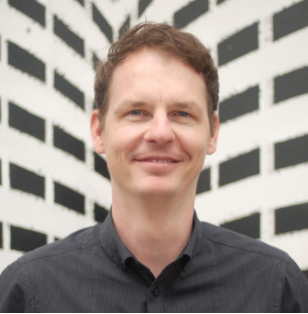
Dylan Delosangeles wrangles exhibitions, squishy robots and sketch up as our Exhibitions Coordinator. This year he has become fond of the iron triangle. Dylan said:
This is my triangle. There are many like it, but this one is mine. It falls into the “Quick + dirty = crappy product” category. The idea when managing a project is to balance these three constraints as best you can. Sometimes we did this well at MOD., other times, not so well.
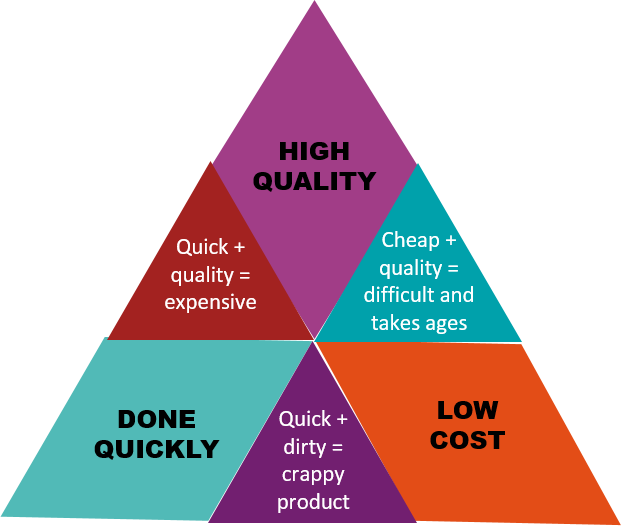
These are the lessons Dylan (and all of us have learnt when the triangle had its edges kicked in):
That needing something in a hurry and not having much money to spend on it (for example, a plinth) leads you to somewhere like PlinthsRus and, well, you get what you pay for.
It’s better to avoid getting to the point where you are told by suppliers, “Sure, we can do a decent build of that in 2 weeks, but it’s gonna cost you”
Getting something done at a high quality without costing you very much is like finding a leprechaun who lays golden eggs.
Nail. On. Head.
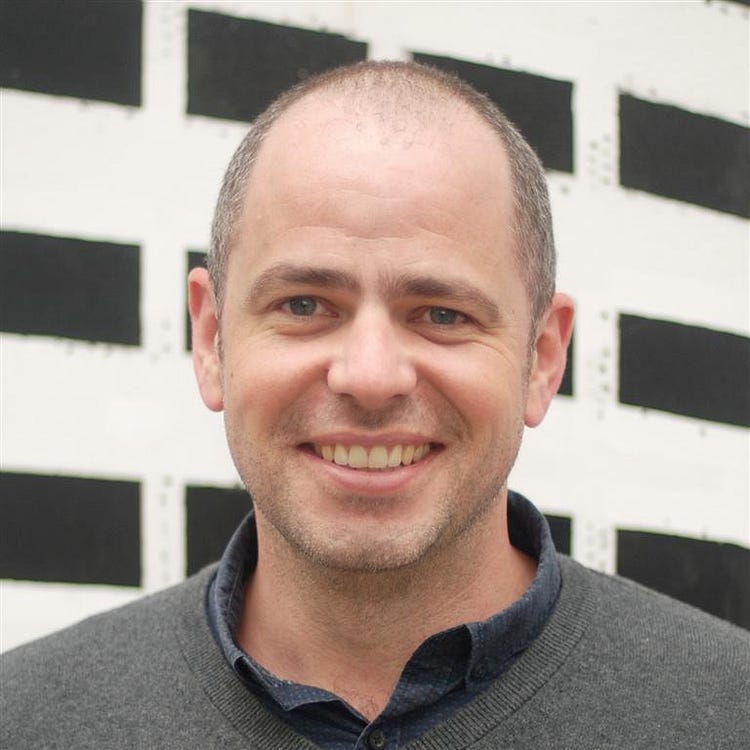
Peter Adams, honorary member of the MOD. team from before we were even a thing, said:
2017 has been a year where I have seen the ‘blank page’ that is MOD. filled to the edge with ideas by a team willing to throw out a hundred good ideas to find the one that’s great.
This process has shown time and time again that the most important thing you can both individually and collectively is to take that blank page and write the first word, draw the first sketch, and to put a form to something that has only that point been an idea. It really is the most direct way to bring people together in the same conversation to focus on what’s possible.
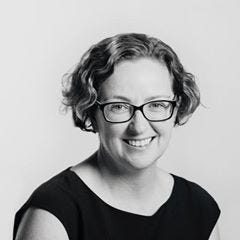
Our Director, Kristin Alford, and captain of this crazy ship said of 2017:
We started this year with high level ideas for exhibitions in galleries that were still taking shape. Everything required set-up — from the office space to digital systems, from design processes to project reporting and defining budgets. When you’re doing something new that no one’s done before, it’s easy to lose confidence. And while I would say “we don’t know what we are doing and it’s ok”, sometimes it’s not ok. This year I felt lost. I felt that other people were doing better things, that other people knew more. I felt like I was constantly making mistakes. And while it’s hard to feel that way, it’s maybe even harder to imagine something wonderful and then step up to make it real.
I’ve just come back from travelling through four countries visiting an amazing array of museums and galleries. Each had things I adored and yet none of them we what we have envisaged for MOD. So if I’ve learnt anything this year it’s that it is actually ok to not know what we’re doing, that it’s ok to feel the fear of messing it up and it’s even better to acknowledge all of that and commit even more to making something beautiful.
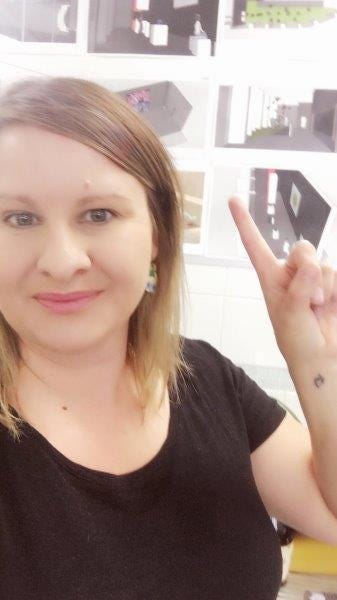
And me?
I’ve learnt a lot about what it is like to take a punt and leap into a very strange, but rewarding year with a bunch of super passionate people.
MOD. is part startup, part corporate entity (we sit within a large University). We are trying to build something without an easy reference point for a space we can only access for one hour a month. I’ve learnt this year that this sometimes makes me uncomfortable and I’m not the only one.
As a team we’ve grown together. We’ve learnt to pluck costs out of the air for peculiar ideas, design physical spaces that we can’t see, navigate processes that don’t exist and find people to do things that have never been before.
I’ve learnt the power of diverse expertise, of ensuring it is respected and brought to the table to solve problems, to create and form new ideas.
This has been a year of grappling with how to make the unknown known — we’ve got through it because of each other.
Now we are getting closer, we’re feeling more clear-headed, we can finally see it, touch it and feel it and we’re looking forward to revealing it all to you on 10 May 2018!
